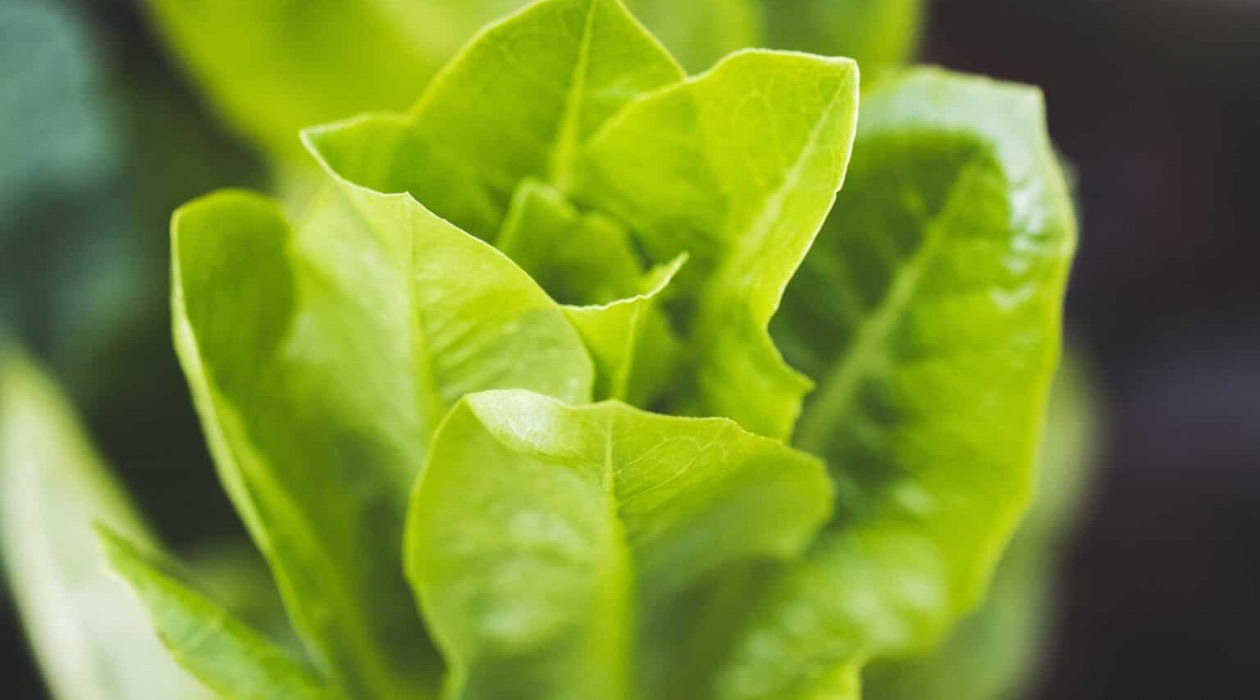

Articles
How To Store Lettuce For Winter
Modified: October 21, 2024
Learn how to store lettuce for the winter with our informative articles. Keep your lettuce fresh and crisp all season long.
(Many of the links in this article redirect to a specific reviewed product. Your purchase of these products through affiliate links helps to generate commission for Storables.com, at no extra cost. Learn more)
Introduction
As the crisp autumn air settles in and the days grow shorter, it becomes apparent that winter will soon be upon us. While the colder months may bring a halt to many gardening activities, there are still ways to enjoy fresh produce. One such way is by learning how to store lettuce for winter.
Storing lettuce for winter allows you to prolong the life of this leafy green vegetable and enjoy its vibrant flavors and crispness during the colder months. By employing proper storage techniques, you can preserve the quality of your lettuce and have a fresh and nutritious ingredient readily available for your salads, sandwiches, and more.
Without proper storage, lettuce can quickly wilt, become limp, and lose its flavor. However, with a little bit of knowledge and effort, you can extend its shelf life significantly. In this article, we will explore various methods for storing lettuce and offer tips and tricks for successful winter lettuce storage.
So, if you’re ready to extend the life of your lettuce and keep it fresh and delicious throughout the winter season, let’s dive into the details of how to store lettuce for winter!
Key Takeaways:
- Enjoy homegrown lettuce all winter by storing it properly. Choose the right varieties, handle with care, and use the best storage method for fresh, crisp lettuce in your winter meals.
- Experiment with alternative methods like root cellar storage, sand storage, fermentation, and dehydration to extend the shelf life of your lettuce. Get creative and enjoy homegrown goodness all winter long!
Read more: How To Store Living Lettuce
Why Store Lettuce for Winter?
You may be wondering why it’s necessary to store lettuce for winter when you can easily purchase it from the grocery store year-round. While it’s true that lettuce is readily available in most supermarkets, there are several compelling reasons to consider storing your own lettuce for the winter months.
First and foremost, storing lettuce for winter allows you to have a ready supply of fresh, homegrown lettuce even when it’s out of season. Not only does this save you money on store-bought lettuce, but it also ensures that you’re consuming a high-quality, organic product that you grew yourself.
Additionally, by storing lettuce, you have control over the variety and quality of the lettuce you consume. You can choose the lettuce varieties that you enjoy the most and are best suited for storage. You can also ensure that the lettuce is harvested at its peak freshness and flavor, resulting in a tastier end product.
Furthermore, storing lettuce for winter is an environmentally friendly practice. By growing and storing your own lettuce, you reduce the demand for lettuce that has been shipped long distances, minimizing the carbon footprint associated with transportation. It’s a small but impactful step towards sustainable living.
Incorporating homegrown lettuce into your winter meals also offers a level of satisfaction and pride. There’s something incredibly rewarding about using produce from your own garden to create nourishing dishes for yourself and your family.
Lastly, storing lettuce for winter allows you to experiment with different salad combinations and recipes. With fresh lettuce readily available, you can get creative in the kitchen and explore new flavors and textures. You’ll never get stuck in a salad rut when you have an abundance of stored lettuce to play with!
With all these benefits in mind, it’s clear that storing lettuce for winter is well worth the effort. Not only does it provide you with a continuous supply of fresh, homegrown lettuce, but it also allows you to exercise control over the quality, flavor, and environmental impact of your produce. Now, let’s move on to choosing the right lettuce varieties for winter storage.
Choosing the Right Lettuce for Winter Storage
When it comes to choosing lettuce for winter storage, not all varieties are created equal. Some lettuce varieties are better suited for storing than others, as they have thicker leaves, better resistance to cold temperatures, and a longer shelf life. Here are a few lettuce varieties that are known for their suitability for winter storage:
- Romaine Lettuce: Romaine lettuce is an excellent choice for winter storage. It has crisp, sturdy leaves that hold up well in cold temperatures. Romaine lettuce is also known for its nutritional value, making it a healthy choice for your winter meals.
- Butterhead Lettuce: Butterhead lettuce, such as Bibb or Boston lettuce, is another great option for winter storage. It has tender leaves and a mild flavor, making it a versatile choice for salads and sandwiches. Butterhead lettuce tends to be more delicate than Romaine, so proper handling and storage are crucial.
- Chinese Cabbage: Chinese cabbage, also known as Napa cabbage, is a cold-hardy lettuce variety that can withstand low temperatures. It has a mild, slightly sweet flavor and can be used in both raw and cooked dishes.
- Kale: While not technically lettuce, kale is a leafy green that can also be stored for winter use. Kale leaves are sturdy and can withstand cold temperatures. This nutritious powerhouse is packed with vitamins and minerals, making it a valuable addition to your winter diet.
When choosing lettuce for winter storage, it’s important to select varieties that are suitable for your growing region. Consider the average winter temperatures in your area and choose lettuce varieties that are known to thrive in those conditions. Additionally, consult local gardening experts or seed catalogs for recommendations on lettuce varieties that perform well in your region.
By choosing the right lettuce varieties for winter storage, you set yourself up for success right from the start. Now, let’s move on to the next step: harvesting lettuce for winter storage.
Harvesting Lettuce for Winter Storage
The key to successful winter lettuce storage begins with proper harvesting techniques. Harvesting lettuce at the right time ensures that it is at its peak freshness and flavor. Here are some steps to follow when harvesting lettuce for winter storage:
- Choose the right harvesting time: Harvest your lettuce before the first frost hits or when the temperatures start dropping significantly. Ideally, you want to harvest the lettuce when it is mature but before it bolts (starts flowering) or becomes overripe.
- Inspect the leaves: Check the leaves for any signs of damage, disease, or pests. Avoid harvesting lettuce with damaged or diseased leaves as they will not store well.
- Harvest the entire head or individual leaves: Depending on your preference, you can either harvest the entire head of lettuce or pick individual leaves. Harvesting the entire head is suitable for lettuce varieties with tightly formed heads, such as Romaine lettuce. For loose-leaf lettuce varieties, you can harvest individual leaves, allowing the plant to continue producing new growth.
- Use sharp, clean tools: A sharp knife or garden scissors is best for harvesting lettuce. Make clean cuts to minimize damage to the plant.
- Handle the lettuce with care: Handle the harvested lettuce gently to avoid bruising or damaging the leaves. Rough handling can lead to faster deterioration and spoilage during storage.
Once you have harvested your lettuce, it’s important to move quickly to prepare it for storage. Keep the harvested lettuce in a cool, shaded area while you get everything ready. Next, let’s move on to the steps for preparing lettuce for storage.
Preparing Lettuce for Storage
Properly preparing lettuce for storage is essential to maintain its freshness and quality throughout the winter months. Follow these steps to prepare your harvested lettuce for storage:
- Wash the lettuce: Start by gently washing the lettuce to remove any dirt or debris. Fill a basin or sink with cold water and place the lettuce in it. Swirl the lettuce around to loosen any dirt, then lift it out of the water and pat it dry with a clean towel or use a salad spinner to remove excess moisture.
- Inspect for any remaining debris: After washing the lettuce, carefully inspect it for any remaining dirt or debris. Remove any discolored or damaged leaves.
- Separate the leaves: Depending on the type of lettuce you harvested, you may need to separate the leaves. For head lettuce varieties, gently separate the individual leaves. For loose-leaf varieties, no further separation is necessary.
- Allow the leaves to dry: To ensure that the lettuce leaves are completely dry before storage, lay them out in a single layer on a clean towel or paper towels. Let them air dry for a few minutes, or use a fan on low speed to hasten the drying process.
- Wrap the lettuce: Once the lettuce leaves are dry, it’s time to wrap them for storage. You can use several methods for wrapping lettuce:
- – Place the lettuce leaves in a clean, dry plastic bag, gently squeeze out the air, and seal the bag.
- – Wrap the lettuce leaves loosely in a paper towel or kitchen towel, then place them in a perforated plastic bag to allow for airflow.
- – Use reusable storage containers specifically designed for preserving the freshness of vegetables.
Regardless of the method you choose, ensure that the lettuce is not tightly packed, as this can cause moisture buildup and lead to rotting.
- Store in the refrigerator: Once the lettuce is wrapped, store it in the refrigerator. The ideal temperature for lettuce storage is around 32 to 40°F (0 to 4°C). Avoid placing it in the coldest part of the refrigerator, such as the back of the crisper drawer, as extreme cold can freeze the lettuce.
- Check periodically: Check on the lettuce from time to time and remove any wilted or spoiled leaves to prevent them from affecting the rest of the lettuce.
By following these steps, you can properly prepare your lettuce for storage and ensure its maximum freshness and quality throughout the winter. Now that the lettuce is ready for storage, let’s explore the two main methods: storing lettuce in the refrigerator and freezing lettuce.
To store lettuce for winter, wrap the leaves in paper towels to absorb moisture, then place in a resealable plastic bag with a few holes for air circulation. Store in the crisper drawer of the refrigerator.
Read more: How To Store Romain Lettuce
Storing Lettuce in the Refrigerator
Storing lettuce in the refrigerator is one of the most common methods for preserving its freshness during the winter. Here are the steps to store lettuce in the refrigerator:
- Prep and wrap the lettuce: Follow the steps outlined in the previous section to wash, dry, and wrap the lettuce leaves for storage.
- Select the right spot: Choose a designated area in the refrigerator for storing lettuce. The crisper drawer is typically the best location as it provides a slightly higher humidity level while maintaining a cool temperature.
- Adjust the humidity: If your refrigerator has humidity controls, set them to maintain a humidity level of around 90-95%. This helps prevent the lettuce from drying out.
- Store separately: Avoid storing lettuce near fruits such as apples, pears, or bananas, as they release ethylene gas, which can hasten the lettuce’s wilting and spoilage.
- Use within a week: While properly stored lettuce can last for a few weeks in the refrigerator, it’s best to use it within a week for optimal freshness and flavor. As time goes on, the lettuce may start to wilt and lose its crispness.
- Check for moisture: Periodically check the stored lettuce for any signs of excess moisture or condensation. Remove any wet or wilted leaves to prevent them from causing spoilage.
- Prepare before using: When you’re ready to use the lettuce, carefully unwrap it and inspect the leaves. Give them a quick rinse if needed, then pat them dry before adding them to your desired dishes.
By following these steps, you can store lettuce in the refrigerator and enjoy crisp and fresh lettuce throughout the winter months. However, if you prefer a longer-term storage option, freezing lettuce can be a viable alternative. Let’s explore how to freeze lettuce in the next section.
Storing Lettuce in the Freezer
If you have an abundance of lettuce and want to extend its shelf life even further, freezing it can be a convenient option. Here’s how to store lettuce in the freezer:
- Blanch the lettuce: Start by blanching the lettuce to help preserve its color, texture, and nutrients. Bring a pot of water to a boil and prepare a bowl of ice water. Submerge the lettuce leaves in the boiling water for about 30 seconds, then quickly transfer them to the ice water to cool down. This blanching process helps to maintain the lettuce’s crispness.
- Drain and dry: After blanching, drain the lettuce leaves thoroughly and pat them dry with a clean kitchen towel or paper towels. Excess moisture can lead to icy crystals and affect the texture of the lettuce.
- Wrap and pack: Place the blanched and dried lettuce leaves in airtight freezer-safe bags or containers. Flatten the bags to remove excess air and seal them tightly. Alternatively, you can vacuum-seal the lettuce for even better freezer preservation.
- Label and date: Don’t forget to label the bags or containers with the contents and date of freezing. This helps you keep track of freshness and ensures that older batches are used first.
- Freeze: Place the wrapped lettuce in the freezer, making sure they are arranged in a single layer initially to prevent them from freezing together. Once the leaves are frozen, you can stack them more efficiently to save space.
- Use within a few months: Frozen lettuce can be stored for up to a few months in the freezer and still retain its flavor and nutrients. However, for optimal quality, it’s best to use it within 2-3 months.
- Thaw and use: When you’re ready to use the frozen lettuce, remove the desired amount from the freezer and thaw it in the refrigerator. Once thawed, the lettuce will become limp and less crisp, so it’s recommended to use it in cooked dishes or soups rather than raw salads.
By following these steps, you can successfully store lettuce in the freezer and have a readily available supply of lettuce for various recipes throughout the winter. However, keep in mind that the texture and crispness of the thawed lettuce will be different from fresh lettuce, so it’s best suited for cooked preparations.
While storing lettuce in the refrigerator or freezer are the most common methods, there are alternative methods you can explore if you don’t have access to a refrigerator or freezer. Let’s take a look at some of these alternative methods next.
Alternative Methods for Storing Lettuce
If you don’t have access to a refrigerator or freezer, or if you simply prefer alternative methods for storing lettuce, there are a few options you can consider. While these methods may not offer the same level of preservation as refrigeration or freezing, they can still help extend the shelf life of your lettuce:
- Root cellar storage: If you have a root cellar, or a cool and humid storage space like a basement, you can store lettuce there. Place the lettuce in a perforated plastic bag or wrap it in a damp cloth to maintain humidity and prevent wilting. Keep it away from ethylene-producing fruits and ensure good air circulation to prevent mold growth.
- Sand storage: Another traditional method for storing lettuce is using sand. Place a layer of slightly damp sand in a container, then add a layer of lettuce leaves, making sure they don’t touch each other. Continue layering sand and lettuce, finishing with a layer of sand on top. Store the container in a cool and dark place, periodically checking for any signs of decay.
- Fermentation: Fermenting lettuce is a unique way to preserve it and create a tangy, probiotic-rich food. Simply chop the lettuce leaves, pack them tightly in a jar, and cover them with a brine solution (1 tablespoon of salt per cup of water). Close the jar loosely and let it sit at room temperature for a few days to ferment. Once fermented, move the jar to the refrigerator for long-term storage.
- Dehydration: If you have a food dehydrator or an oven with a low heat setting, you can dehydrate lettuce to extend its shelf life. Wash and dry the lettuce leaves, then place them on the dehydrator trays or baking sheets. Set the temperature to around 120°F (49°C) and let the lettuce dehydrate until crispy. Store the dehydrated lettuce in airtight containers in a cool, dark place.
- Preserving in vinegar: Another method is to preserve lettuce leaves in vinegar. Blanch the lettuce quickly, then immerse the leaves in a mixture of vinegar and water (equal parts) with added salt and sugar. Bring the mixture to a boil, then remove from heat and let it cool. Transfer the lettuce and vinegar mixture to sterilized jars, making sure the leaves are fully submerged. Store the jars in a cool, dark place.
While these alternative methods may not preserve lettuce for as long as refrigeration or freezing, they can still be effective in extending its shelf life. Experiment with these methods to see which one works best for your needs and the available resources you have.
Now that you’re familiar with alternative storage methods, let’s explore some tips and tricks to ensure successful winter lettuce storage.
Tips and Tricks for Successful Winter Lettuce Storage
To maximize the success of storing lettuce for the winter months, here are some tips and tricks to keep in mind:
- Harvest at the right time: Harvest lettuce just before the first frost or when temperatures start dropping significantly. This ensures that the lettuce is at its peak freshness and flavor.
- Handle with care: When harvesting and preparing lettuce for storage, handle the leaves gently to prevent bruising or damage that can lead to faster spoilage.
- Choose the best storage method: Determine whether storing lettuce in the refrigerator or freezer is the right option for you based on the available resources and your intended usage.
- Prep and wrap properly: Ensure that the lettuce leaves are dry before wrapping them for storage. Excess moisture can lead to deterioration. Use airtight containers, plastic bags, or paper towels to wrap the lettuce tightly and prevent air exposure.
- Be mindful of ethylene gas: Keep lettuce away from ethylene-producing fruits such as apples, bananas, or pears, as they can accelerate the wilting process. This is especially important when storing lettuce in the refrigerator.
- Regularly check for spoilage: Periodically inspect the stored lettuce for any signs of wilting, mold, or decay. Remove any damaged or spoiled leaves to prevent them from affecting the rest of the lettuce.
- Use proper storage temperatures: Maintain the ideal temperature for lettuce storage, which is around 32 to 40°F (0 to 4°C) in the refrigerator or the recommended temperature for freezing if opting for that method.
- Label and date containers: Clearly label the containers or bags with the contents and date of storage. This helps you track freshness and use the oldest batches first.
- Diversify usage: Experiment with different recipes and cooking methods to use stored lettuce. While it may have a slightly different texture than fresh lettuce, it can still be enjoyed in a variety of cooked preparations like soups or stir-fries.
- Rotate and replenish: As you use the stored lettuce, replenish and rotate your supply by harvesting and storing fresh lettuce periodically throughout the winter season.
By following these tips and tricks, you can ensure the success of your winter lettuce storage and enjoy fresh, homegrown lettuce even when it’s out of the growing season.
Now that you have a comprehensive understanding of how to store lettuce for winter and the various methods and techniques involved, it’s time to put your knowledge into practice. Enjoy the benefits of having a continuous supply of fresh lettuce throughout the winter months and savor the satisfaction of homegrown goodness!
Happy winter lettuce storage!
Read more: How To Store Lettuce
Conclusion
Storing lettuce for winter is a great way to ensure a fresh and nutritious supply of this leafy green vegetable during the colder months. With the right lettuce varieties, proper harvesting techniques, and appropriate storage methods, you can enjoy the crispness and flavors of homegrown lettuce even when it’s out of season.
Whether you choose to store lettuce in the refrigerator, freezer, root cellar, sand, or through alternative methods like fermentation or dehydration, each method offers its own benefits and considerations. Refrigeration provides a convenient and accessible option, while freezing can extend the shelf life even further. Alternative methods allow for creative approaches and can cater to different storage limitations.
Remember to handle the lettuce with care during harvesting and preparation to avoid bruising or damage. Properly washing, drying, and wrapping the lettuce before storage ensures its maximum freshness. Regularly check stored lettuce for any signs of wilting or spoilage, and use it within the recommended timeframes for optimal quality.
By following the tips and tricks outlined in this article, you can successfully store lettuce for winter and enjoy the rewards of homegrown produce. Not only will you save money and reduce your carbon footprint, but you’ll also have the satisfaction of knowing exactly where your food comes from.
So, embrace the winter season and continue to enjoy the flavors of fresh salads, sandwiches, and cooked dishes with your stored lettuce. Explore various recipes and cooking methods to make the most out of your preserved lettuce supply.
With a little bit of planning and effort, you can savor the taste of garden-fresh lettuce all winter long. So go ahead, take that extra step in preserving your lettuce, and experience the joy of year-round access to this versatile and nutritious vegetable.
Frequently Asked Questions about How To Store Lettuce For Winter
Was this page helpful?
At Storables.com, we guarantee accurate and reliable information. Our content, validated by Expert Board Contributors, is crafted following stringent Editorial Policies. We're committed to providing you with well-researched, expert-backed insights for all your informational needs.
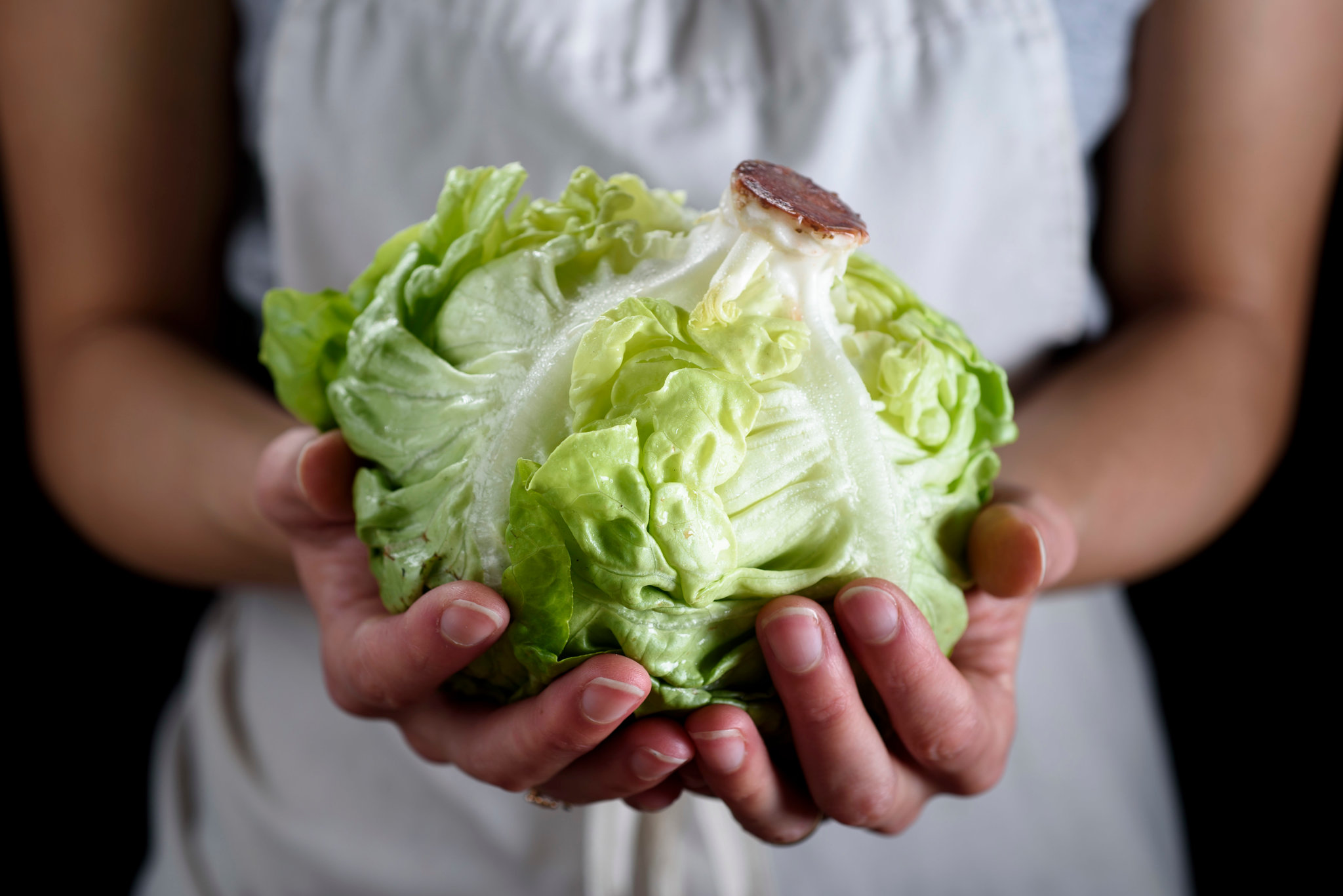
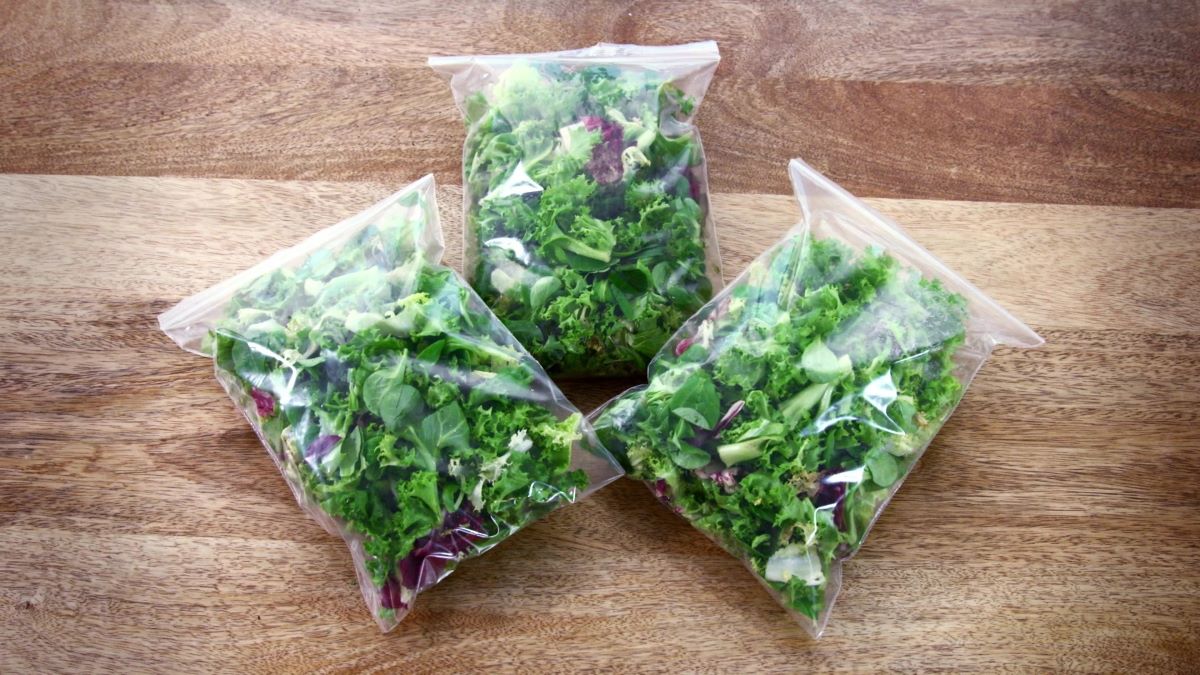
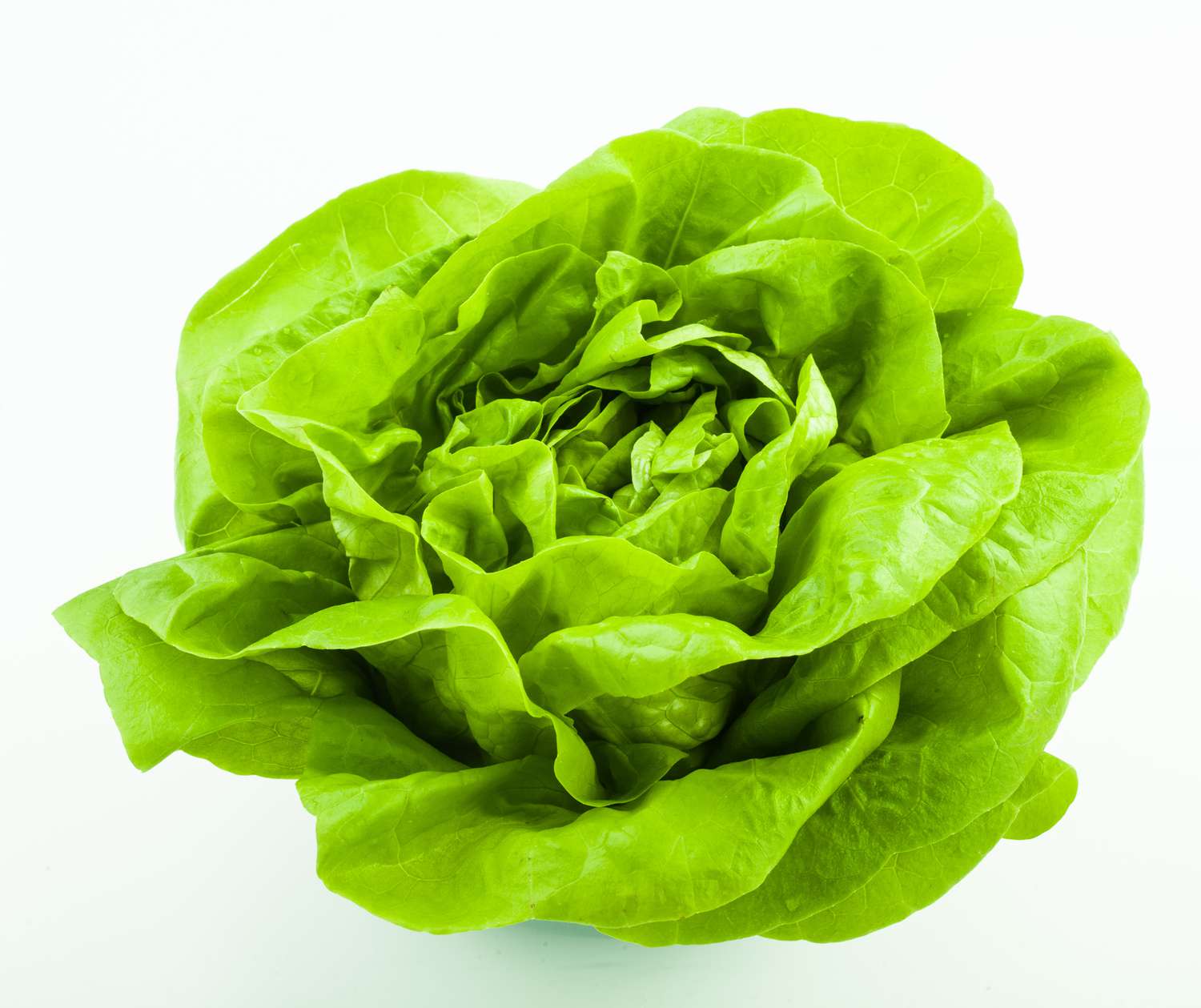
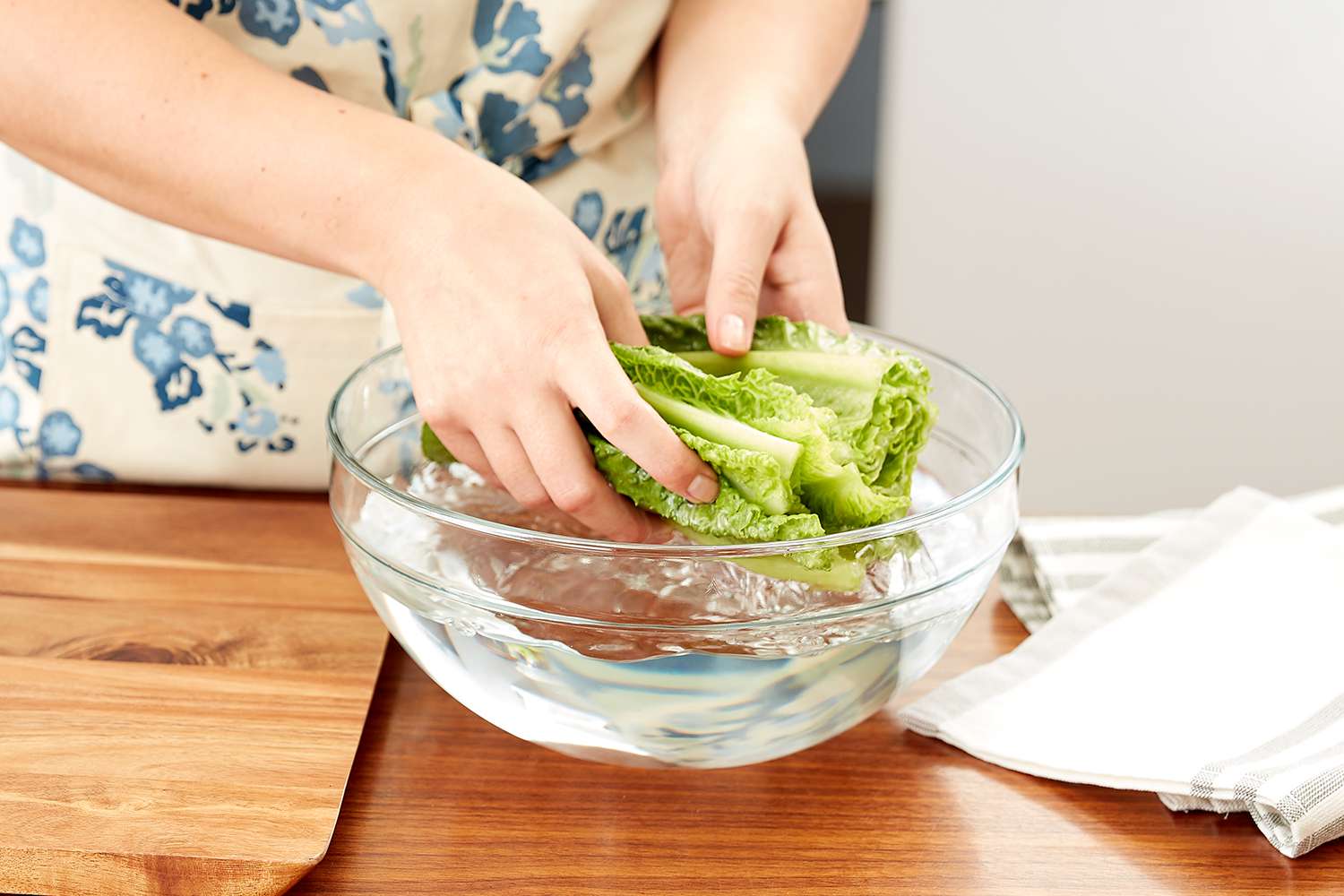
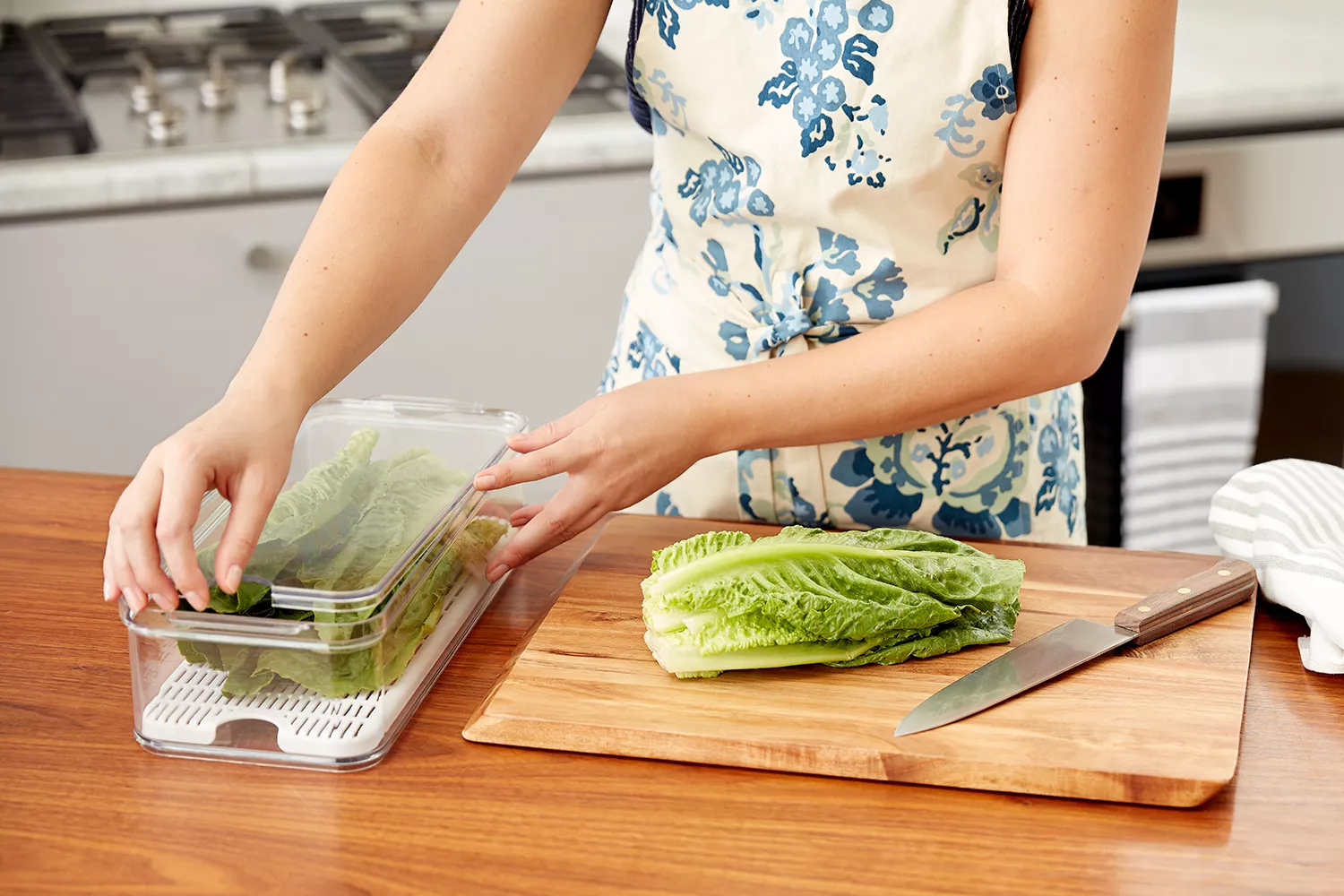
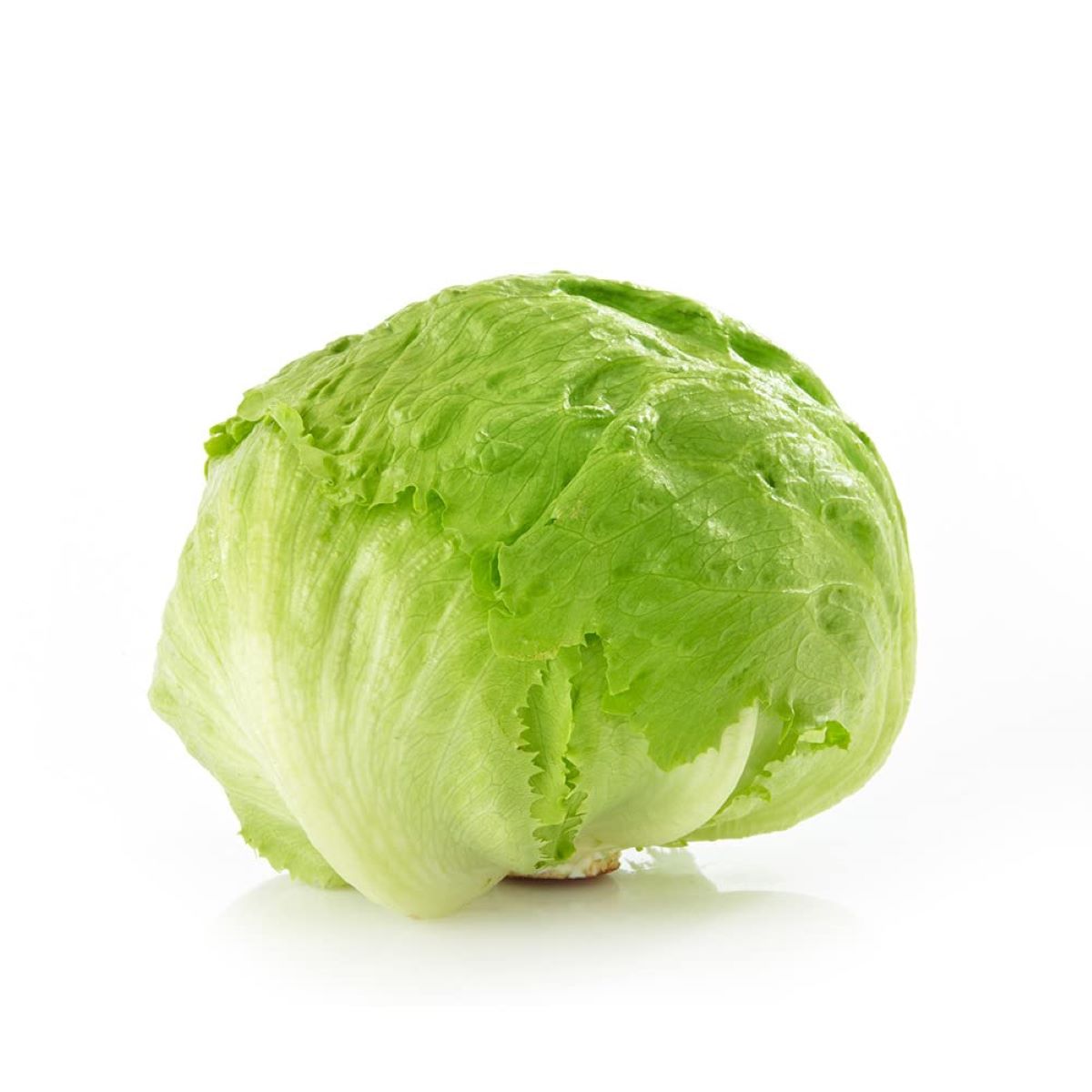
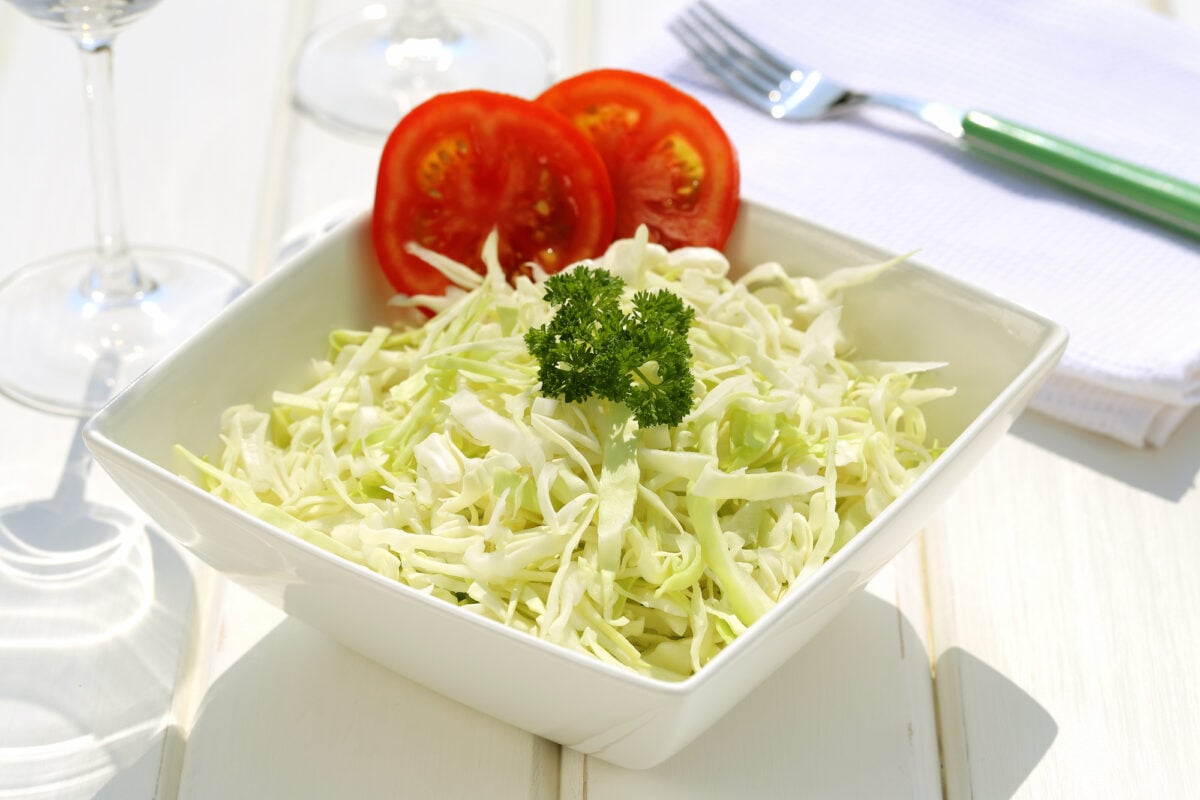
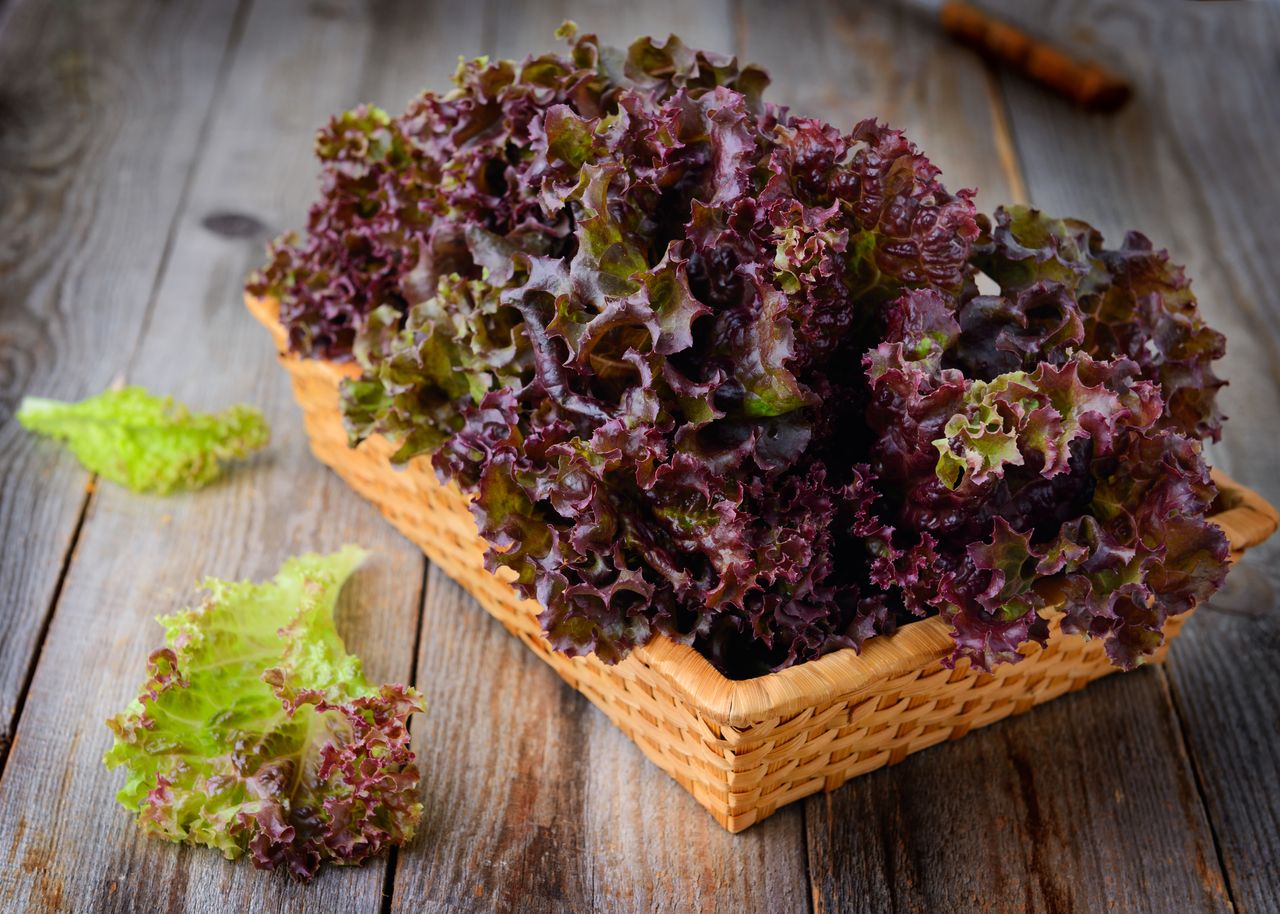
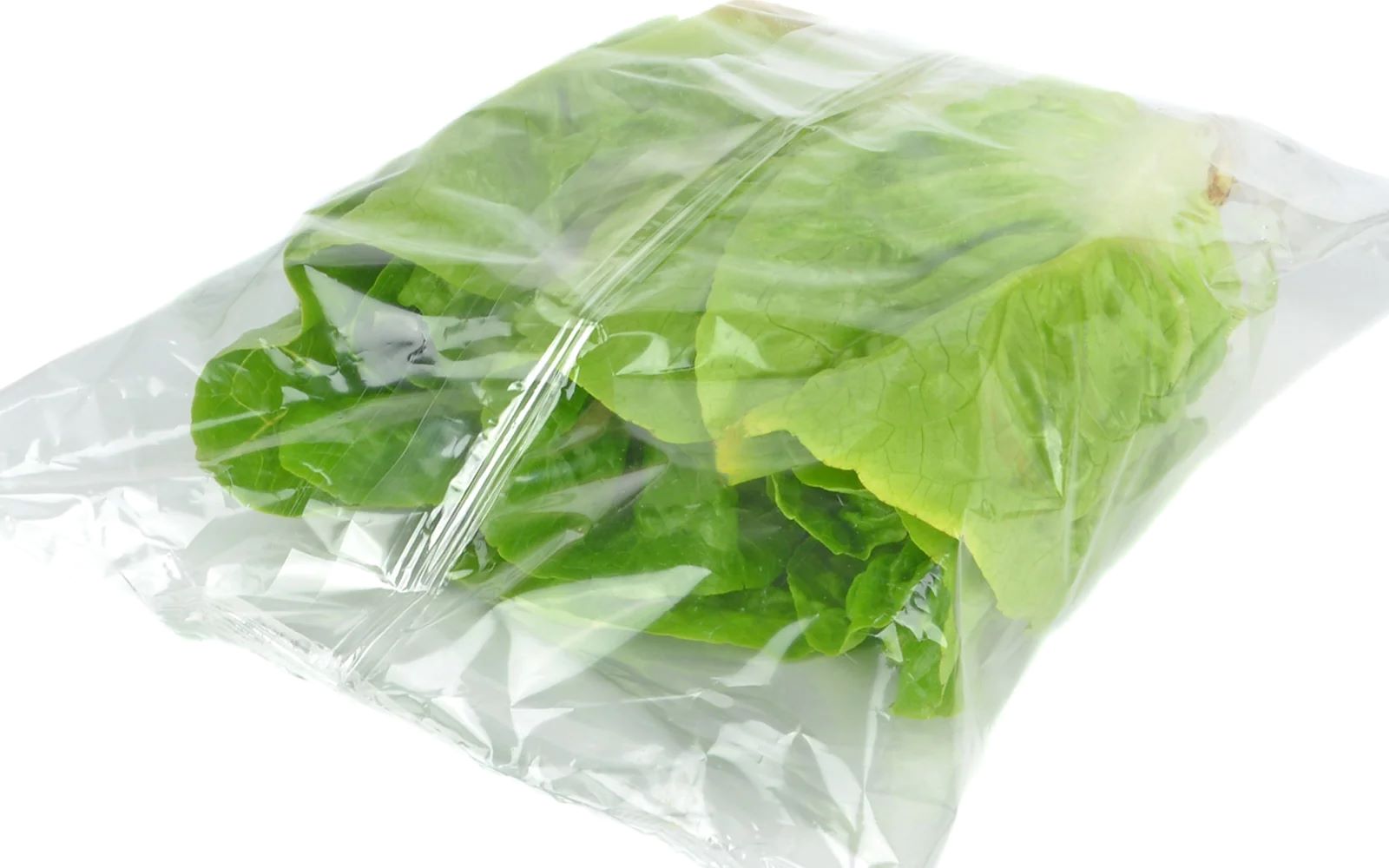
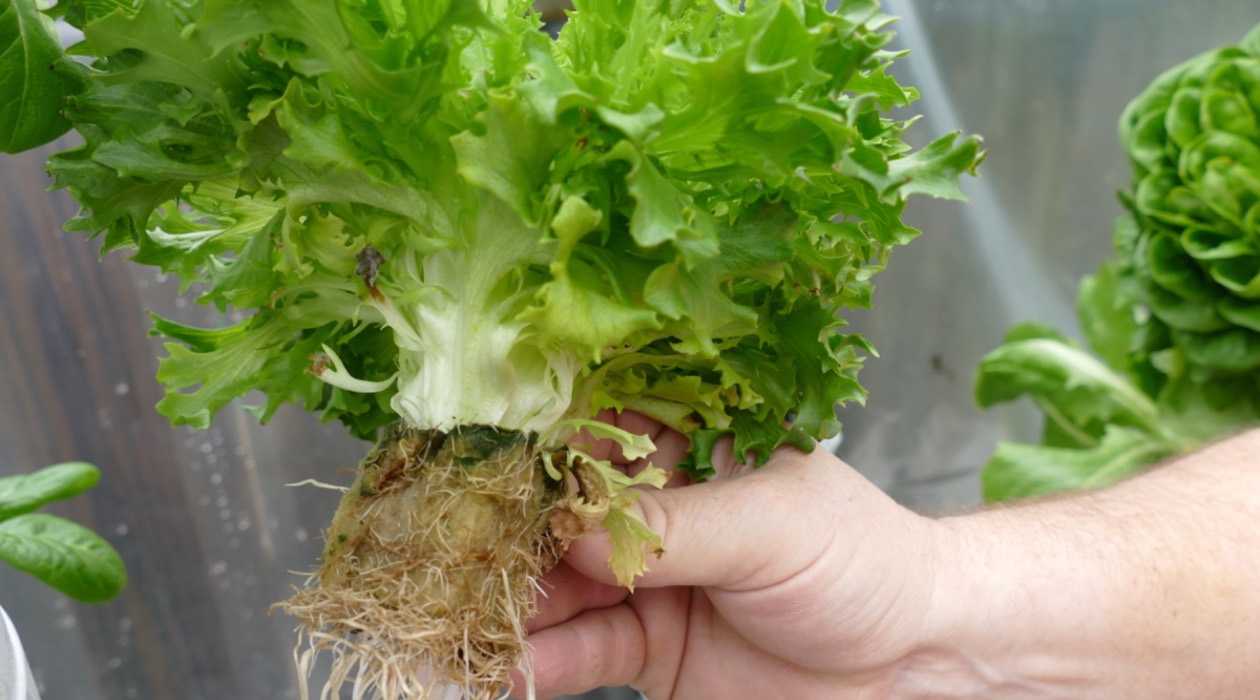
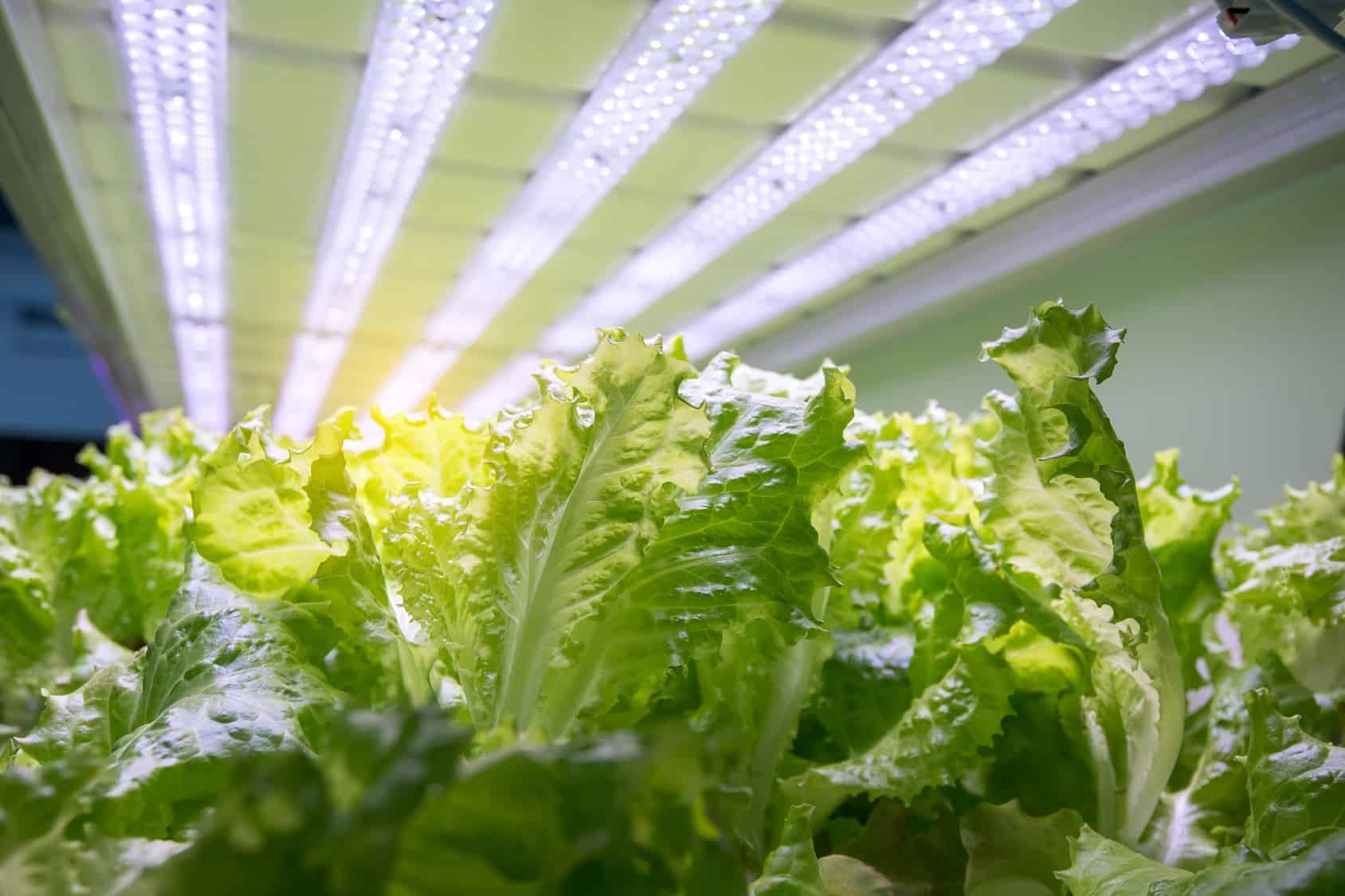
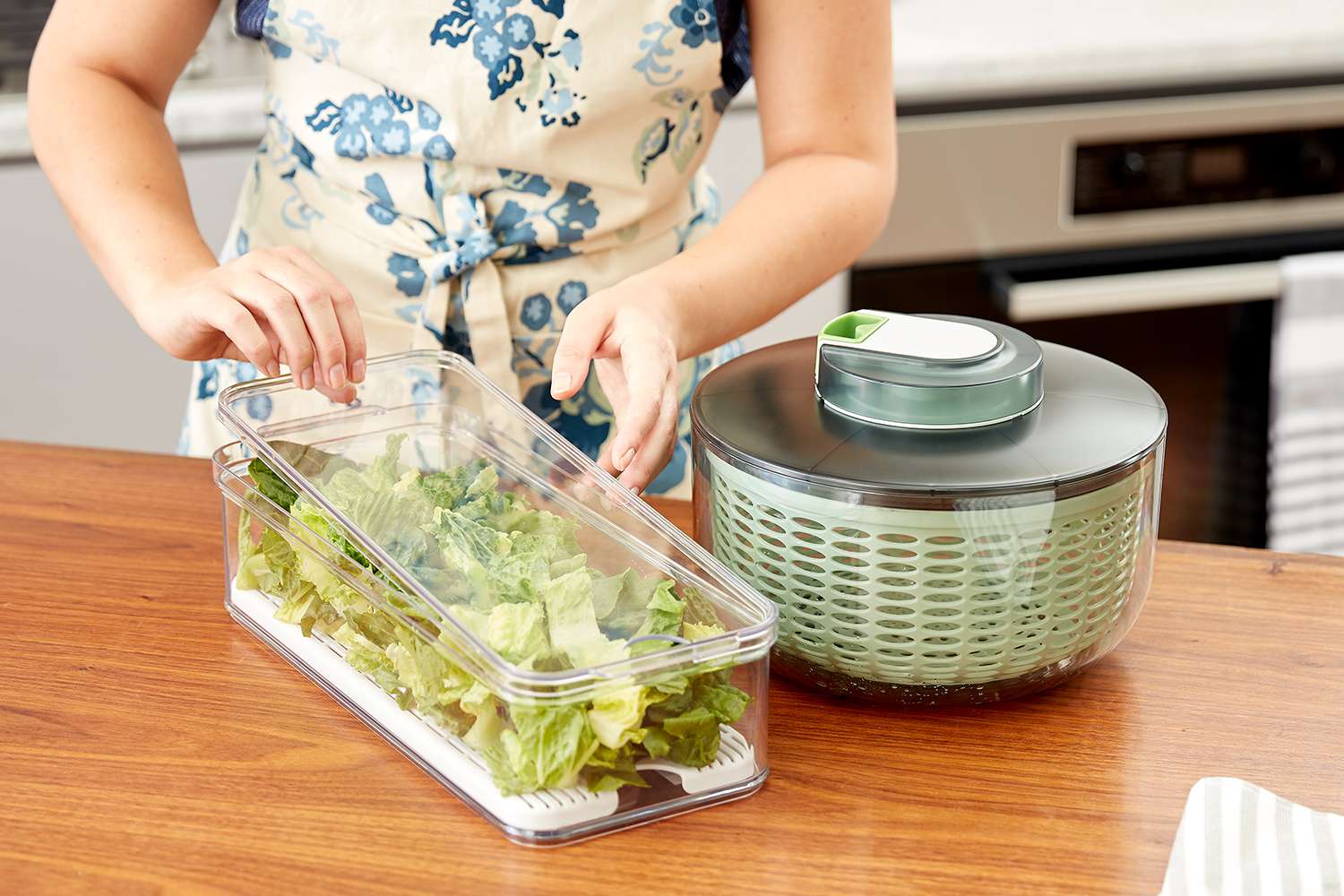
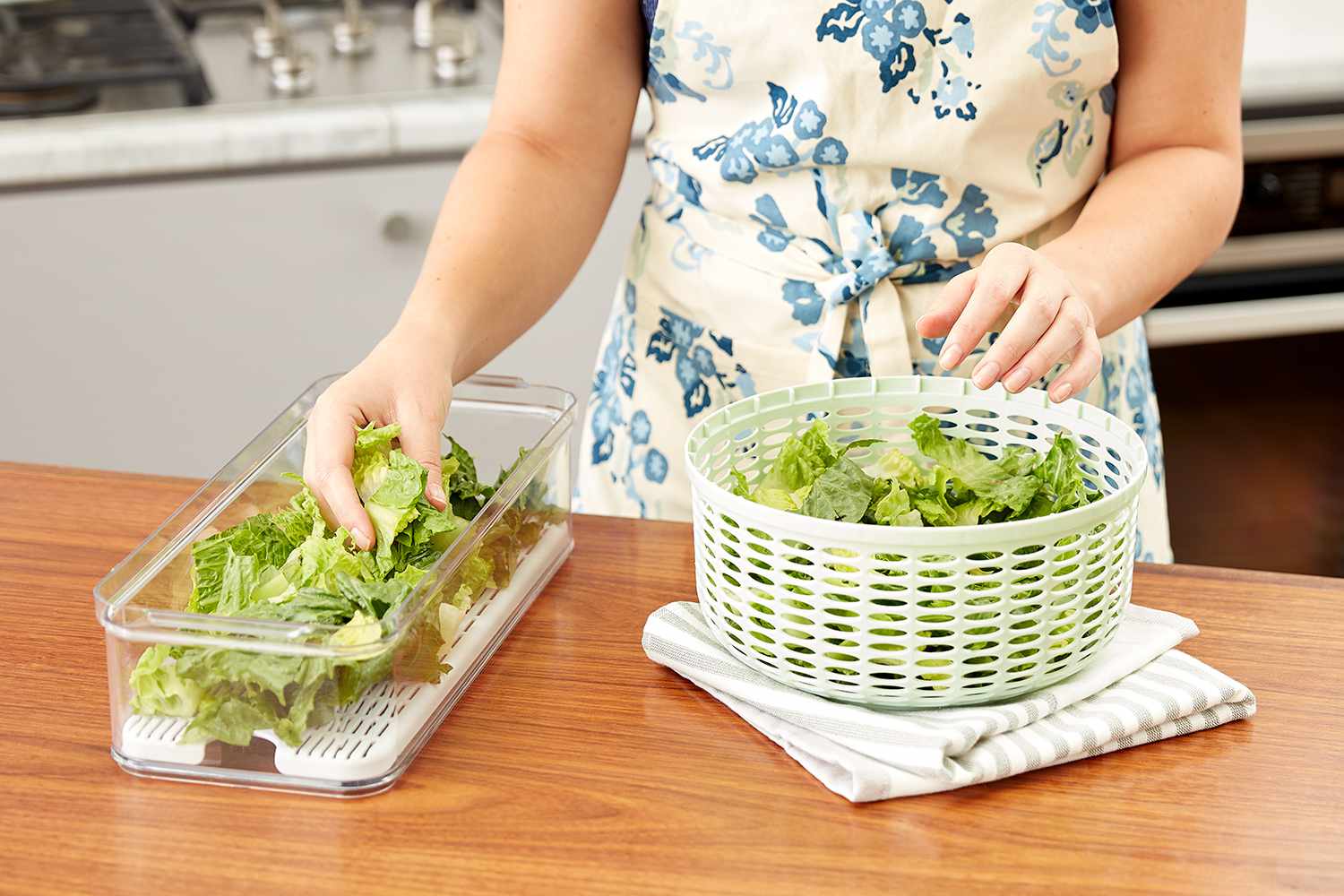

0 thoughts on “How To Store Lettuce For Winter”